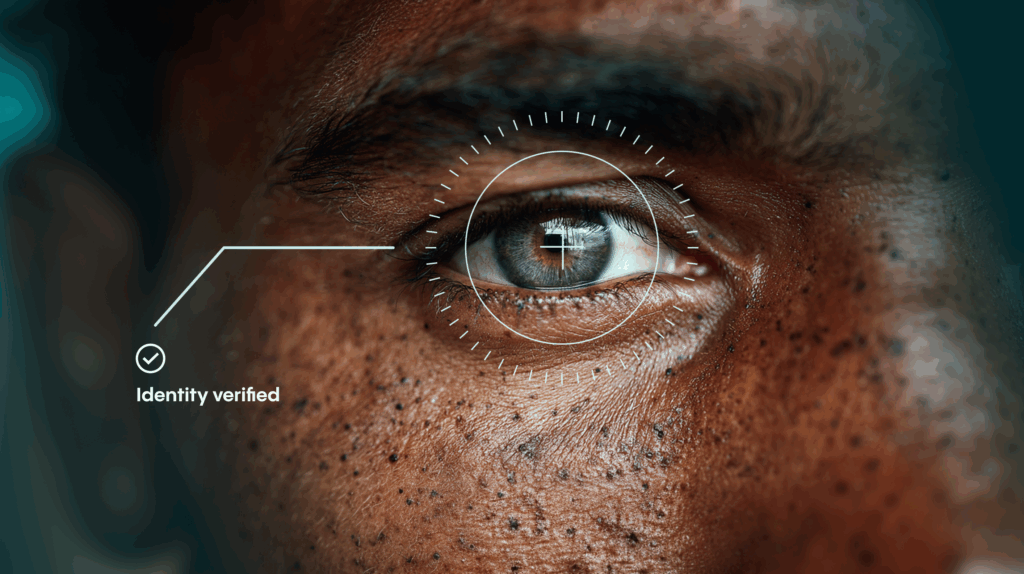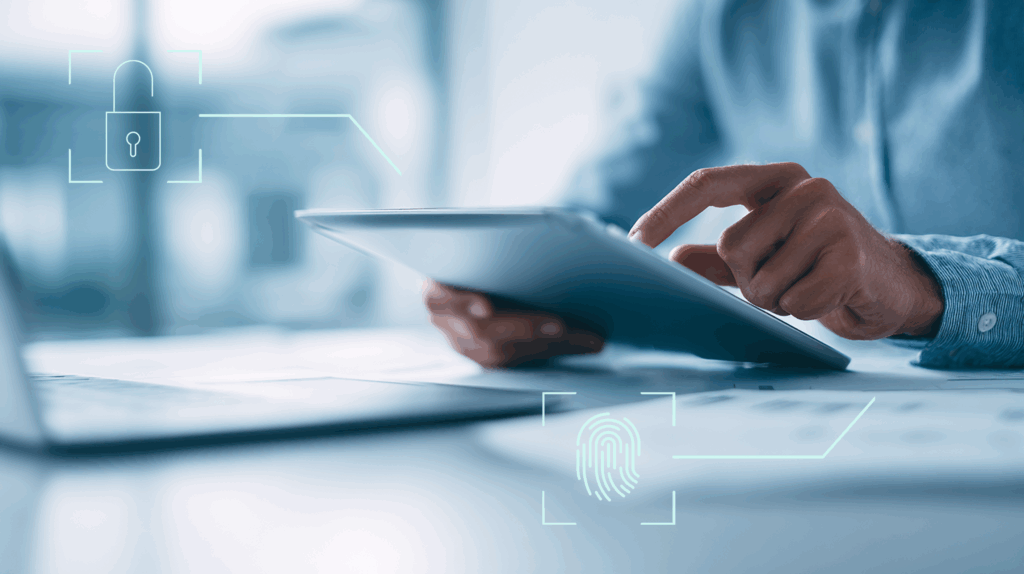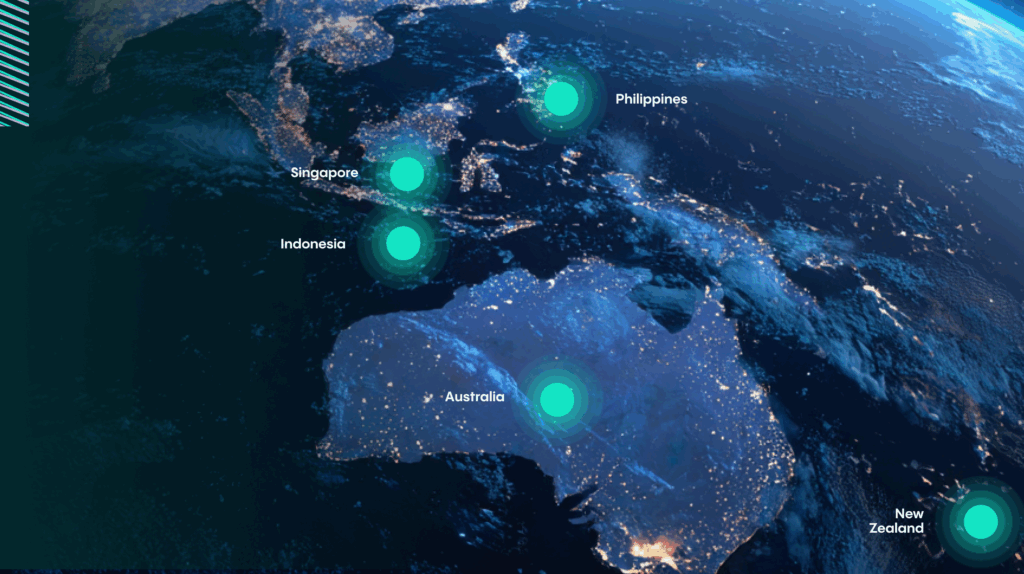IDV Article
The growing threat of deepfakes in financial services – and why a ‘Trust infrastructure’ is the future
Fraud is rising at an unprecedented pace, with financial services at the center of this digital battle. Deepfake technology allows AI-generated images, videos, and audio to convincingly impersonate real individuals, making it harder to distinguish genuine users from fraudsters. Veriff’s Fraud Reports show a 21% increase in attempts between 2024 and 2025, emphasizing the need for advanced AI, biometric authentication, and continuous identity verification to protect customers and institutions.

Fraud is escalating at an unprecedented pace, with financial services at the heart of this digital battleground. Fraudsters are not only refining their techniques but also embracing alarming innovations—none more disruptive than deepfake technology. These AI-generated images, videos, and audio can convincingly mimic real individuals, making it harder than ever for institutions to distinguish legitimate users from malicious actors. According to Veriff’s Fraud Report 2025, fraud attempts grew by 21% between 2024 and 2025, underscoring the urgent need for next-generation defenses. Today’s financial services providers must combine advanced AI, biometric authentication, and continuous identity verification (IDV) into a cohesive strategy that safeguards both customers and institutions.
What are deepfakes and why do they matter?
Deepfakes are AI-created media capable of imitating a person’s likeness and voice with remarkable accuracy. In the wrong hands, they can be combined with traditional fraud tactics—phishing, identity theft, account takeovers—to break through even the most robust security measures.The consequences are significant. 13% of global fraud decision-makers report losing up to 20% of annual revenue to fraud, and deepfakes amplify the threat by undermining the trust financial services rely on.
Real-world examples of deepfake-enabled fraud
- Account Takeovers – Deepfake audio mimics customers’ voices to trick call center staff into granting account access.
- Biometric Spoofing – Fraudsters use high-quality deepfake videos to pass liveness detection and facial recognition checks.
- AI-Powered Scams – Cloned voices are deployed in social engineering attacks, persuading staff to transfer funds or share sensitive data.
Remote onboarding and digital-first banking have improved customer convenience—but also expanded the attack surface for these advanced threats.
Industry data: The fraud landscape in 2025
Veriff’s Fraud Industry Pulse Survey 2025 reveals:
- 1 in 20 verification attempts in 2024 was fraudulent.
- 60%+ of respondents saw more AI-driven attacks year over year.
- 1 in 3 U.S. respondents suffered measurable financial losses due to fraud, with 1% losing over $1,000.
Deepfakes are a unique challenge—they exploit both technological weaknesses and human trust.

Future of Finance 2025: Uncover the Surge in AI-Driven Fraud
21 % spike in fraud and 1 in 20 verification attempts are now fraudulent. Learn how AI, biometrics, and IDV are empowering financial firms to fight back.
Beyond point solutions: Building a ‘Trust Infrastructure’
At Identity Week Europe 2025, Veriff executives highlighted a strategic shift in the fight against fraud: moving from isolated verification checks to an integrated “trust infrastructure”.
“It’s not discrete capabilities that you plug into different parts of the journey,” said Hubert Behaghel, Chief Product & Technology Officer at Veriff. “You need a full ecosystem that empowers you to deal with the core of trust.”
This approach merges identity verification, liveness detection, and authentication into one continuous security layer, ensuring threats are detected across the entire customer lifecycle—not just at onboarding.A key component is Veriff’s cross-linking technology, which connects data points across multiple events, much like the human brain links memories. This enables detection of recurring fraud patterns.
The role of collaboration and data sharing
Deepfake and synthetic identity attacks transcend company and national borders. That’s why Veriff is exploring industry-wide fraud data sharing—allowing businesses to flag and recognize threats already detected by their peers.
“Once you can start sharing this data with industry peers and consortiums, you see the value,” said Markiyan Matsekh, Veriff’s Director of Product and Expansion.
While privacy and compliance considerations remain significant hurdles, this model could enable faster, more accurate fraud detection across the sector.
Defenses against deepfake fraud
1. AI-enhanced fraud detection
Machine learning can identify inconsistencies in lighting, micro-expressions, and textures that deepfakes often fail to reproduce.
2. Biometric Authentication with Liveness Detection
83% of fraud management professionals have already integrated biometric checks, with 81% planning to expand them. These tools confirm a human is physically present, preventing AI-generated media from passing as real.
3. Continuous Identity Verification
Re-authenticating users throughout their journey mitigates session hijacking and evolving fraud attempts. Cross-linking and risk scoring provide early warnings.
4. Industry collaboration
Joining fraud intelligence networks helps organizations benefit from shared insights on emerging threats.
5. Employee and customer education
Awareness training reduces the success rate of phishing, spoofing, and deepfake scams.
6. Injected media attacks
Use a combination of metadata validation, content analysis and behavioral monitoring to raise confidence that media actually originated from the device camera and to detect injected deepfakes.
A safer, more trusted financial ecosystem
Deepfakes are forcing the financial services industry to rethink fraud prevention. The future lies in holistic trust ecosystems, continuous verification, and—where possible—industry-wide intelligence sharing.By combining AI-powered IDV, biometric liveness detection, cross-linked fraud pattern recognition, and collaborative threat data, financial institutions can defend against even the most sophisticated attacks, protect customer trust, and thrive in the digital era.














